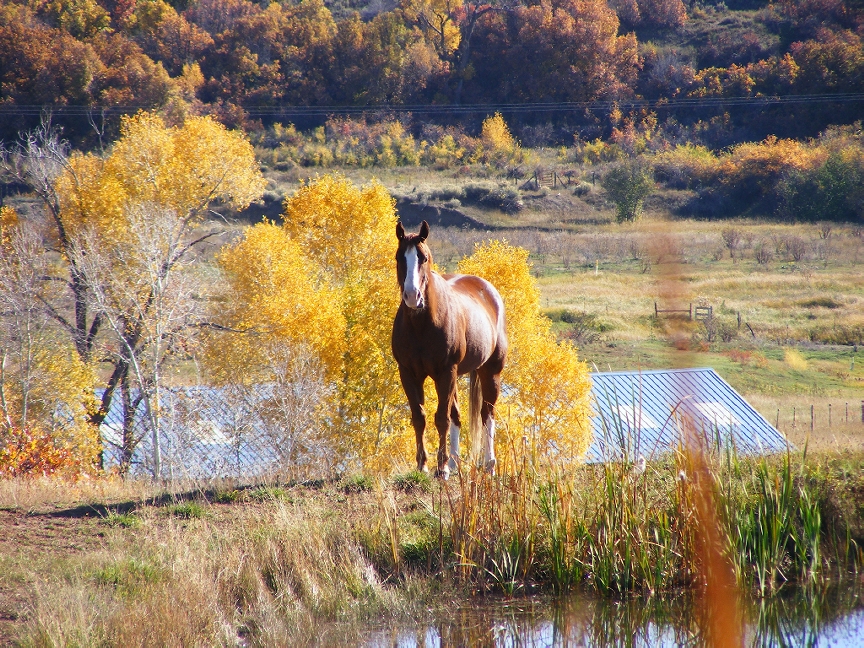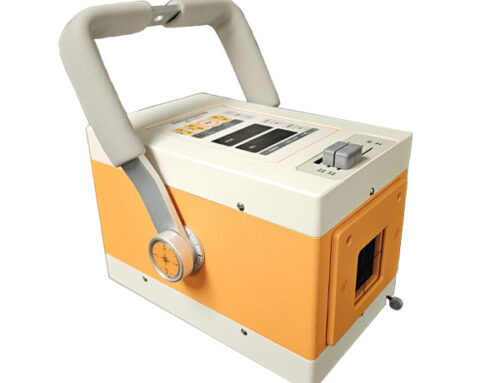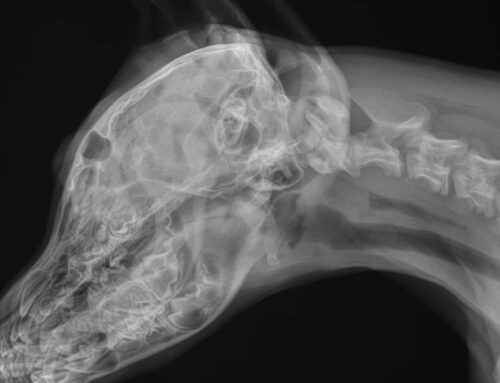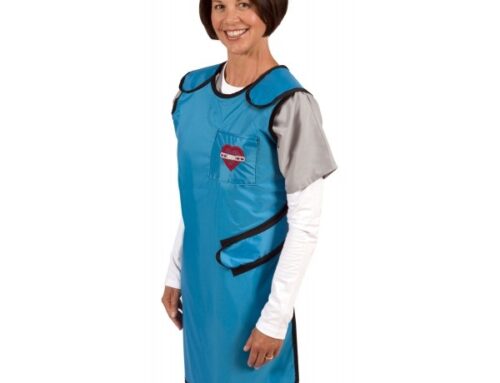With the start of autumn, new challenges arise for breeders, owners, and boarders. You need to be aware of a variety of conditions from colic to worming, atypical myopathy to mud fever.
Colic
Equine colic is defined as a condition of severe abdominal discomfort characterized by pawing, rolling, and sometimes the inability to defecate. The change in weather can increase the risk for a number of reasons. Horses may start to be stabled for longer periods of time, resulting in a change in routine, feeding and activity levels. Making sure that fluid intake is maximized with stress minimized can reduce the risk of an impaction occurring.
Ways to reduce the risk
-Soak hay to help hydrate horses
-Add water to hard feeds to help increase water intake
-Ensure buckets/troughs are not frozen
-Make any changes in feed gradually
-Make sure teeth are routinely rasped to avoid potential pain as well as to ensure the horse can adequately chew roughage prior to swallowing
Worming
Autumn/winter is the time to treat horses for tapeworm and red worm. The best way to monitor a horse’s worm burden and generate a worming plan is to carry out worm egg counts (WEC) at routine intervals throughout the year.
Ways to reduce the risk
-Perform a WEC every 3-4 months throughout the year to monitor worm burdens. Speak with your vet and determine when and if your horse needs a worming.
-Let nature be your guide. After the first frost (November/December) is a good time to fight both tapeworm and red worm. Your vet can offer advice on best products.
Atypical Myopathy/Seasonal Pasture Myopathy
This is a condition linked to the ingestion of sycamore seeds, leading to severe muscle damage. AM affects full-time pastured horses and is more frequently reported in the autumn, immediately following inclement weather such as cold, humidity and rain. Horses that develop AM are usually kept in sparse pastures with an accumulation of dead leaves, dead wood and trees in or around the pasture, are often not fed any supplementary hay or feed and have less-than adequate exercise. Animals 3 years and younger are especially susceptible.
NOTE: This is a potentially fatal condition and so early recognition and hospitalization are vital.
Signs of atypical myopathy:
-Severe muscle stiffness/weakness, shaking and collapse
-Red or brown urine
-Reduced appetite
Ways to reduce the risk
-Check pasture for sycamore seeds. Fence off trees (seeds can travel a long way on the wind so the absence of a tree in the field does not mean there won’t be seeds)
-Supplement poor pastures with hay
-Reduce stocking density in paddocks (overcrowding leads to bullying and horses at the bottom of the pecking order are more likely to resort to poorer areas of pasture with a higher concentration of seeds)
-Reduce turnout time if sycamore seeds are found and there is no alternative pasture.
Mud fever
Mud fever, also known as scratches or pastern dermatitis, is a group of diseases of horses causing irritation and dermatitis in the lower limbs of horses. Cases of mud fever are much more common in autumn/winter as horses’ legs are more likely to be wet for long periods of time. The severity of mud fever can vary and not all cases will require veterinary attention.
Recommendations
-Avoid excessive washing of legs; bacteria thrive in damp areas
-Brush legs instead of washing legs
-Use cold water and dry thoroughly.
– Mud fever scabs shelter bacteria. It’s important to remove scabs (either by softening with an antibacterial wash or an emollient cream).
If limbs become swollen, hot, and painful or lameness is seen your vet can provide systemic and topical treatment.






